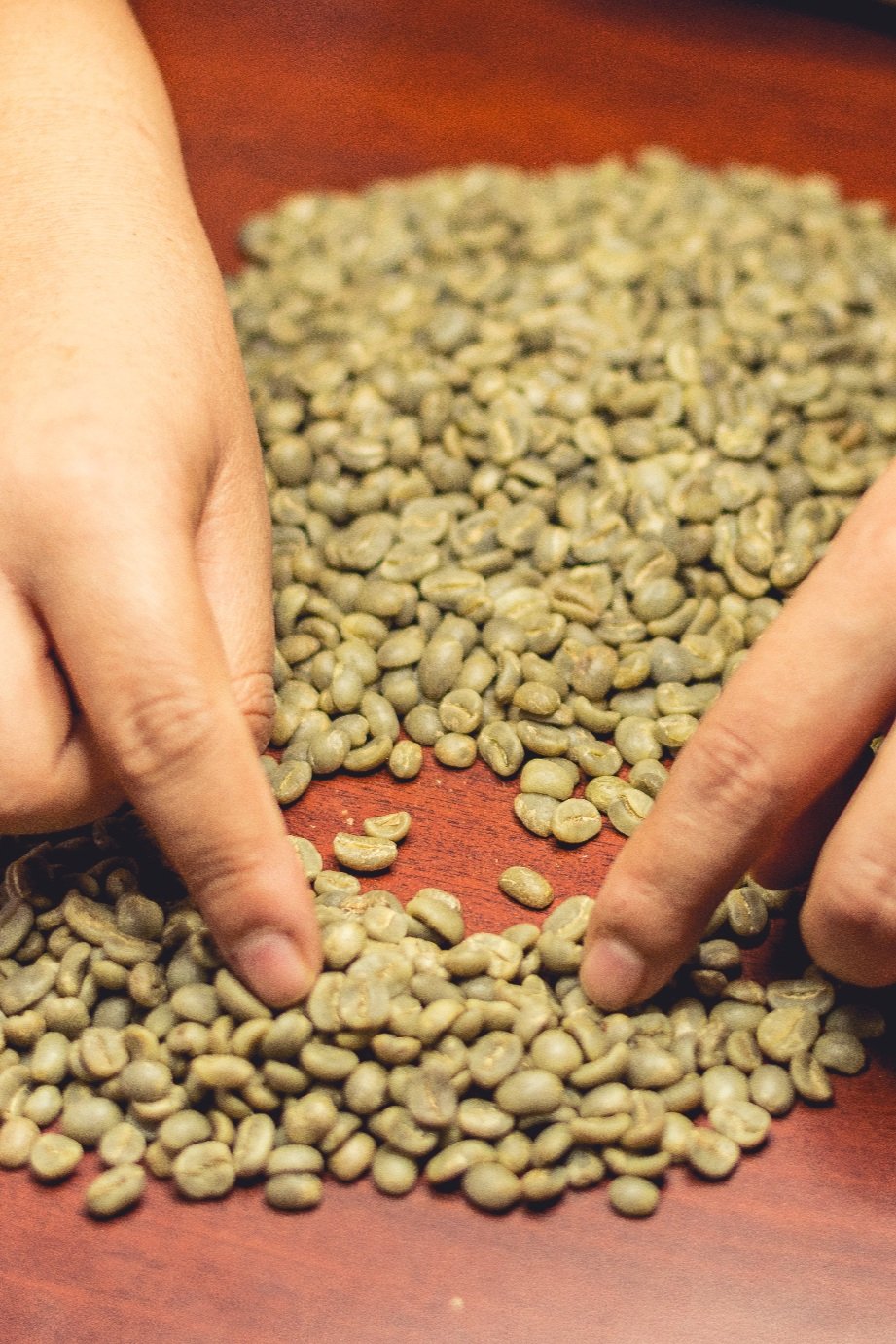Processology: Explaining Coffee Processing Methods to Customers
Coffee processing methods play a crucial role in the aroma and flavor profile of coffee. As a member of a coffee service team, it’s important to obtain a basic understanding of the various processing methods and be able to communicate how they affect the taste of the coffee beans.
Most Common Methods:
Washed Process
The washed process is the most common processing method. In this method, the coffee cherries are depulped, meaning the outer layer of the coffee cherry is removed, and then washed with water to remove any remaining fruit. The beans are then dried often either in the sun or in a mechanical dryer.
Honey Process
Honey process is a method where the outer skin of the cherry is removed, leaving some or all of the sticky fruit pulp, nicknamed “honey,” intact while drying (since the texture resembles that of honey). The honey process can produce a wide range of flavor profiles, depending on how much of the fruit pulp is left on the beans.
Natural Process
The natural process is the oldest processing method. In this method, the coffee cherries are laid out to dry in the sun, with the full coffee fruit and pulp still intact. Once the beans are dry, the outer layers are removed. This process can take several weeks and often result in coffee that is fruity and sweet.
Experimental Methods:
Anaerobic Process
The anaerobic process is a newer processing method that involves fermenting the coffee fruit in a low-oxygen environment. This can be done in a sealed container, under water, or in a plastic bag. The length of fermentation can vary from a few hours to a few days. The result is a coffee with a unique flavor profile.
Carbonic Maceration
Carbonic maceration is a highly controlled fermentation method that involves sealing the coffee cherries in a low-oxygen environment and infusing them with carbon dioxide. This process can take several days, and the resulting coffee is often sweet and fruity with a complex aroma and flavor profile.
Coffee processing methods have a significant impact on the flavor profile of the coffee. By understanding the different methods and being able to easily explain them to your customers, you and your team can help coffee consumers not only understand the work that goes into what they’re consuming but also better inform their coffee buying decisions based on the processing methods most likely to align with their individual taste preferences.
Next time you’re serving up a cup of coffee or bag of beans, remember to share the process behind it with your customers.





